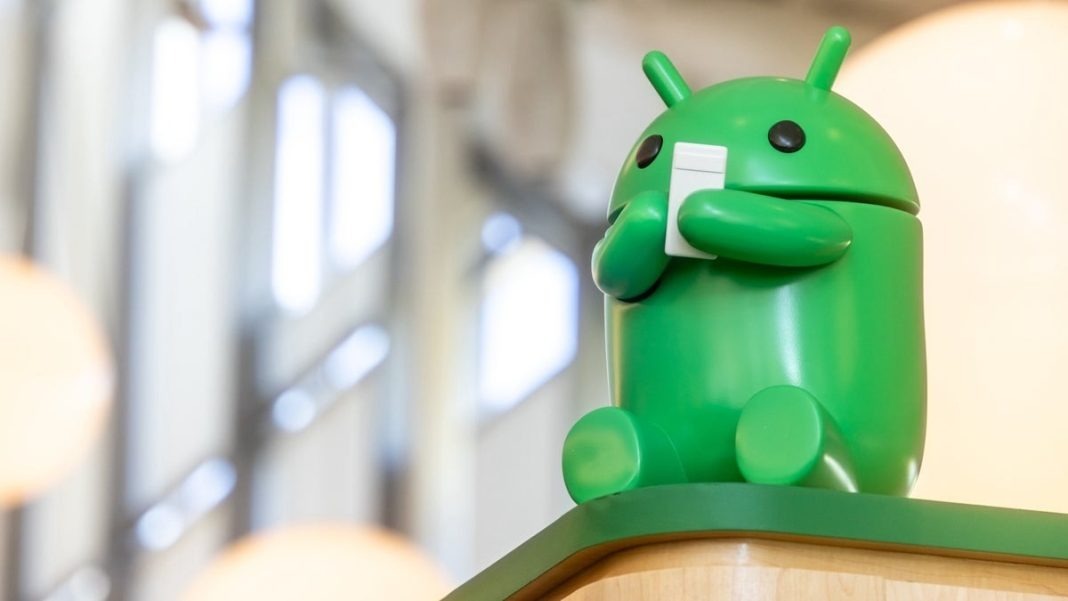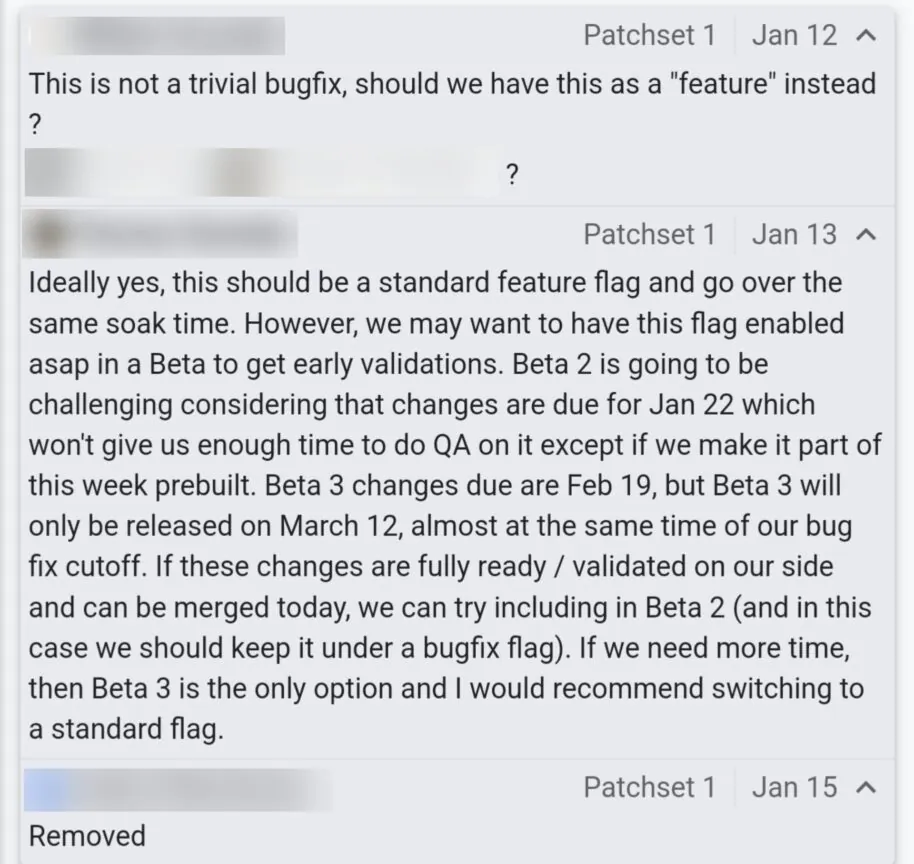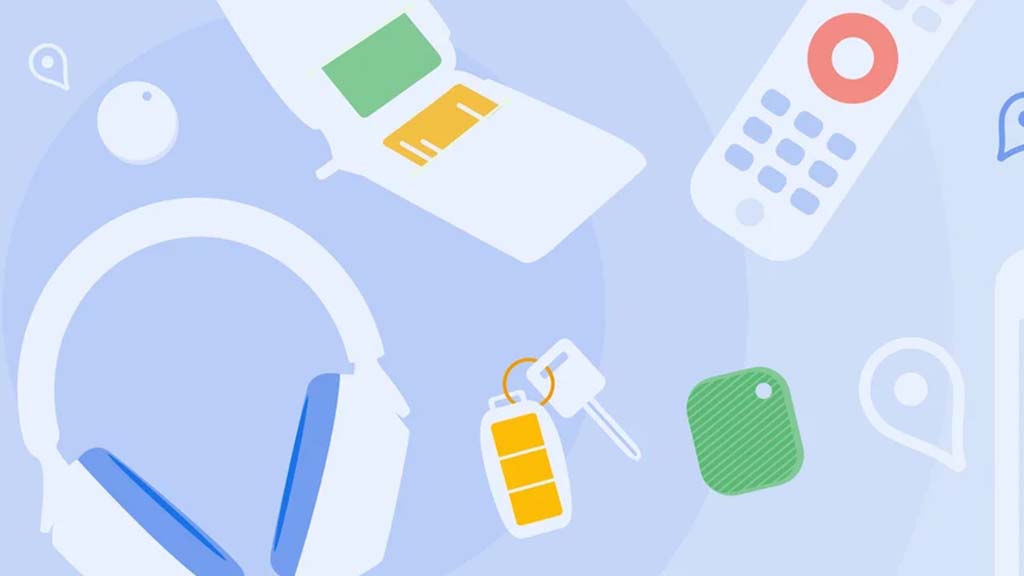Android
Android 16: An early arrival and a glimpse into the future and Eclipsa Audio set to revolutionize audio experiences

The world of audio is on the cusp of a significant transformation, thanks to a collaborative effort by Google and Samsung. They’ve unveiled Eclipsa Audio, an open-source spatial audio format poised to democratize immersive sound experiences for creators and consumers alike. This isn’t just an incremental improvement; it’s a fundamental shift in how we create and consume audio.
For decades, crafting spatial audio has been the domain of seasoned professionals working in high-budget film and music productions. The tools and expertise required were simply inaccessible to the average creator. Eclipsa Audio aims to change all of that. Built on the foundation of Immersive Audio Model and Formats (IAMF), an audio format developed in conjunction with the Alliance for Open Media (AOM), Eclipsa Audio offers a royalty-free, open standard for anyone to utilize. This means that aspiring musicians, independent filmmakers, and even casual content creators can now easily incorporate rich, three-dimensional audio into their work.
Google’s Open Audio team emphasizes that while spatial audio technology has existed for over half a century, its widespread adoption has been hampered by a lack of accessible tools. Eclipsa Audio directly addresses this challenge by providing freely available tools for creating immersive audio experiences.
This includes an open-source reference renderer for standalone playback, and a Binaural Web Demo Application where users can test their Eclipsa Audio creations directly in their web browsers. Furthermore, Google plans to release a free Eclipsa Audio plugin for the industry-standard AVID Pro Tools Digital Audio Workstation in the spring, further streamlining the creation process for professionals.
The implications of this technology are far-reaching. Imagine experiencing a live concert recording where you can distinctly hear the position of each instrument on the stage, or watching a movie where the sound of rain realistically surrounds you. This level of immersion was previously reserved for high-end setups, but Eclipsa Audio makes it accessible to a wider audience.
YouTube has already announced its support for Eclipsa Audio, paving the way for creators to upload videos with immersive soundscapes. This integration will undoubtedly usher in a new era of online video content, where audio plays an even more crucial role in storytelling. Beyond online platforms, Eclipsa Audio is also making its way into consumer electronics. Samsung’s 2025 TV lineup, including the Crystal UHD series and Neo QLED 8K models, will feature native Eclipsa Audio playback. Google has also confirmed that Chrome will support the format this year, although specific details regarding desktop and mobile support are still forthcoming. Looking ahead, Google anticipates widespread adoption of Eclipsa Audio in TVs and soundbars from various manufacturers later in 2025.
To ensure quality and interoperability, Samsung and Google are establishing a certification and brand licensing program for products supporting Eclipsa Audio. This program will provide assurance to both manufacturers and consumers that devices bearing the Eclipsa Audio logo meet the necessary standards for optimal playback.
Android 16: An Early Arrival and a Glimpse into the Future
In related news, Google is accelerating the release schedule for its next major Android platform upgrade, Android 16. The first developer preview arrived earlier than usual last November, followed by another preview build. Beta testing is expected to commence soon, and while official release dates haven’t been formally announced, a slip-up on the Android Gerrit may have revealed some key information.
According to the official Android 16 release timeline, beta testing will begin this month, with subsequent beta releases planned for February and March. However, a comment spotted by an Android enthusiast on the Android Gerrit suggests more specific dates. The comment indicates that Android 16 Beta 3 will be released on March 12th. The same comment also mentions January 22nd and February 19th, which could potentially be the release dates for Beta 1 and Beta 2, respectively.
The release of Beta 3 signifies a crucial milestone known as Platform Stability. This means that the core APIs and behaviors of the operating system are finalized, allowing developers to begin preparing their apps for the stable release. Following Beta 3, Google may release additional beta builds in April and May for final testing and refinement. The stable version of Android 16 is expected to be released to AOSP and Pixel devices in the second quarter of 2025.
Android 16 is anticipated to bring a host of new features and improvements to the Android ecosystem. While details are still emerging, early leaks and announcements hint at significant changes across various aspects of the operating system.
The convergence of Eclipsa Audio and Android 16 represents a significant leap forward in mobile technology. The combination of immersive audio experiences and a refined operating system promises to enhance the way we interact with our devices, ushering in a new era of mobile computing.

Android
Android’s Find My Device speeds up with UWB coming soon

Google’s Find My Device network for Android has gotten a big boost, making it much quicker to locate misplaced items. Recent checks show it’s now four times faster than it used to be, keeping up with Apple’s AirTags in crowded spots like malls or events. For instance, at CES 2025, a tracker tucked in a bag updated its location just as fast as an AirTag nearby. This speed-up is thanks to more Android users turning on tracking for all locations, not only busy areas, which helps the system spot items more reliably.
In less crowded places, the network can still have trouble since fewer Android phones are nearby to share location signals. But Google’s working on this by nudging users through app alerts to enable tracking in quieter spots. Plus, recent updates to tracker software and apps have made connections more stable and accurate.
Looking ahead, Google’s gearing up to roll out ultra-wideband (UWB) technology. This will let you find items with pinpoint accuracy, even within a room, using cool augmented reality (AR) visuals, much like Apple’s setup. The Moto Tag, a tracker ready for UWB, is already available, just waiting for Google to activate this feature. Not all Android phones support UWB yet, but future models like the Pixel 10 might include it. These changes prove Google’s determined to make its Find My Device network a top choice for tracking lost stuff.
Android
Android 16 boosts USB data safety and fixes delayed notifications on Pixel phones

Google’s upcoming Android 16 update is bringing better security and some helpful improvements, especially for Pixel phone users. One of the main features in Android 16 is a new way to protect your phone’s data when it’s connected to a computer through USB. Right now, when you plug your phone into a PC or laptop, it can access all your data as long as you approve it.
With Android 16, Google is adding an extra security layer that only allows limited access unless you enter your PIN, password, or use your fingerprint. This will help protect your files if someone tries to access your phone without permission.
At the same time, Google is also working on a fix for a frustrating issue that some Pixel users have been facing for months — delayed notifications. After the April 2024 update, many users noticed that app alerts were not showing up on time, especially from messaging apps. Google has confirmed the problem and says a fix will be included in a future update, though it’s not in the current April patch yet.
Together, these changes show that Google is focusing on both stronger privacy and a smoother experience for Android and Pixel users. Android 16 is expected to roll out later this year, starting with developer previews.
Android
Google improves Translate, Assistant, TV, and Chrome with new updates

Google is bringing several updates across its apps to make them more useful and easier to use. Google Translate is working on a new feature called “Practice.” It helps users improve their language skills by offering short exercises, like matching words or filling in blanks. Right now, it looks like it will focus on Spanish, but other languages may come later. This tool could be great for people who want to go beyond just translating words and learn the language.
Google Assistant’s Driving Mode in Google Maps is starting to shut down. Many users are noticing that the card-style dashboard is disappearing, and the Assistant voice command shortcut no longer works. Google hasn’t officially said why, but it seems they’re moving away from this feature, possibly to focus on other tools or experiences in Maps.
Google TV’s Freeplay app is now back with a fresh look. It gives users free access to over 100 live TV channels. The redesign makes it easier to browse channels and see what’s playing. The new layout also highlights what’s currently on, making it faster to start watching without having to dig through menus.
Lastly, Google Chrome is testing a new built-in PDF viewer. This upgraded tool makes reading and editing PDFs easier right inside the browser. It includes better zoom controls, a cleaner layout, and a page list view that lets users jump to specific pages more quickly. These updates show Google’s push to improve how we learn, drive, watch TV, and browse the web.
-

 Apps1 year ago
Apps1 year agoGboard Proofread feature will support selected text
-

 News1 year ago
News1 year agoSamsung USA crafting One UI 6.1.1
-

 News1 year ago
News1 year agoBreaking: Samsung Galaxy S22 may get Galaxy AI features
-

 News1 year ago
News1 year agoSamsung Galaxy S23 Ultra with One UI 6.1 and all S24 AI features revealed
-

 News1 year ago
News1 year agoOne UI 6.1 Auracast (Bluetooth LE Audio) feature coming to many Samsung phones
-

 News1 year ago
News1 year agoSatellite SOS feature coming to Google Pixel phones, evidence leaked
-

 Apps11 months ago
Apps11 months agoGoogle’s fancy new Weather app is finally available for more Android phones
-

 News1 year ago
News1 year agoGoogle Pixel evolves as Europe’s third best selling flagship










